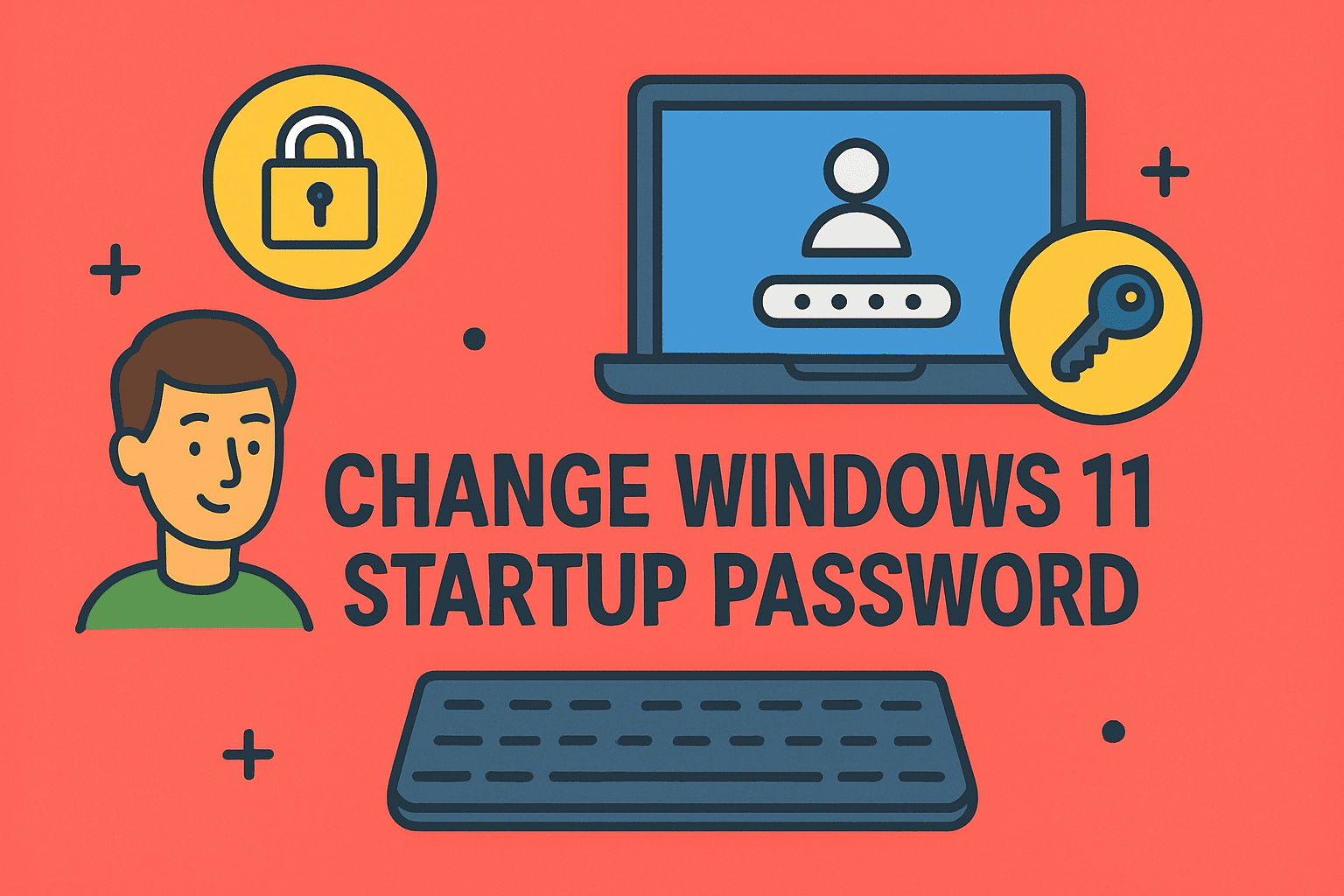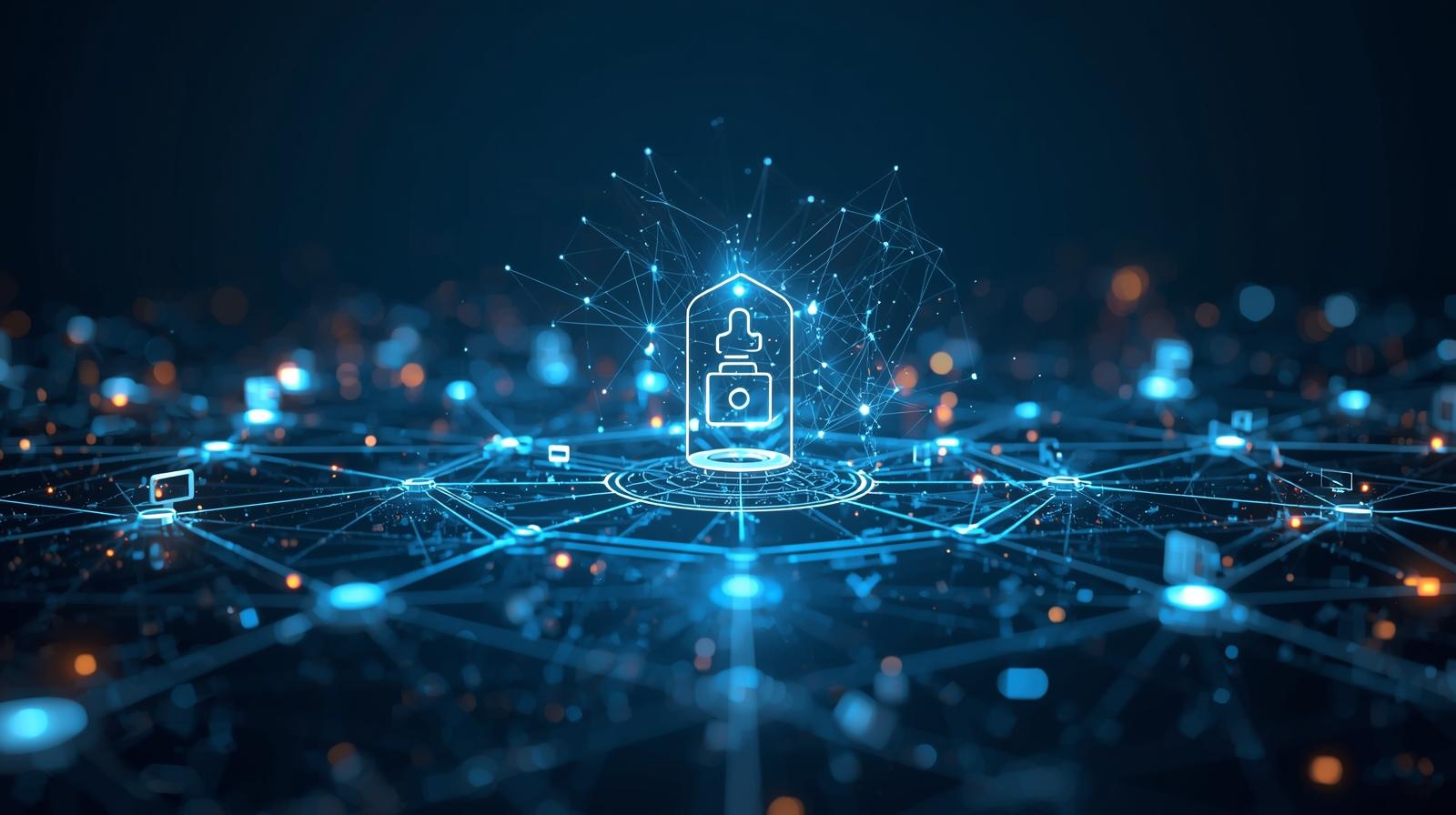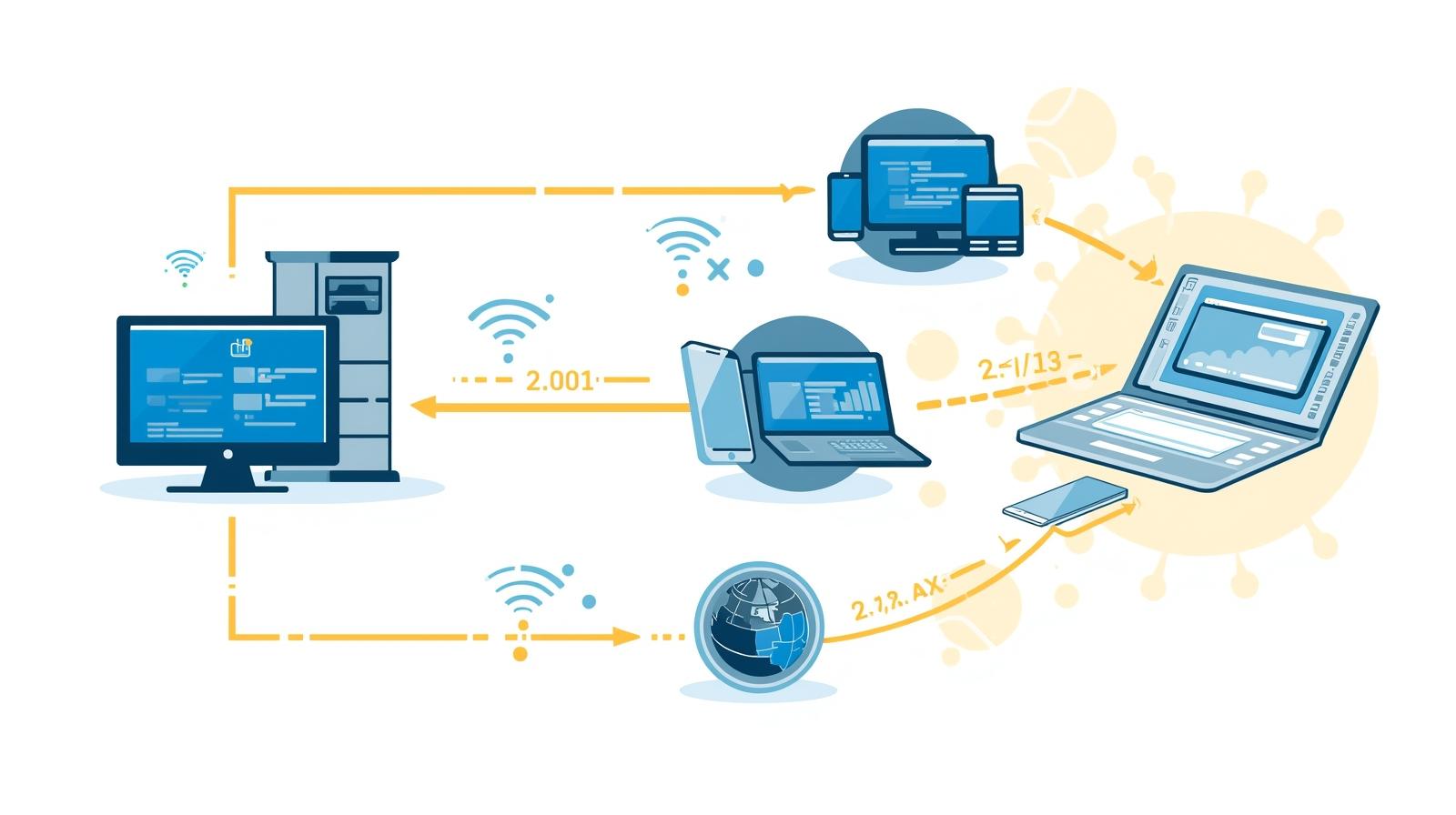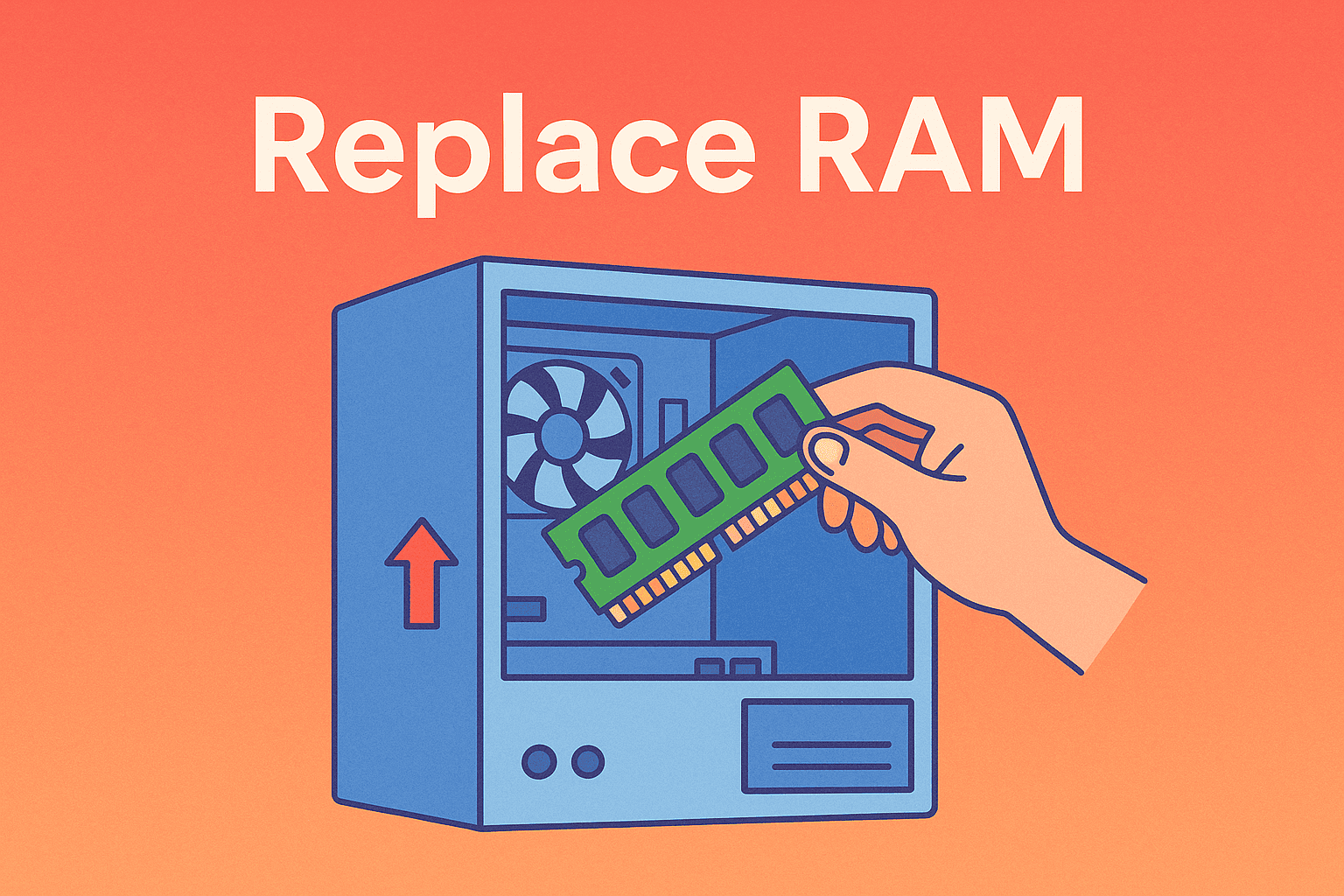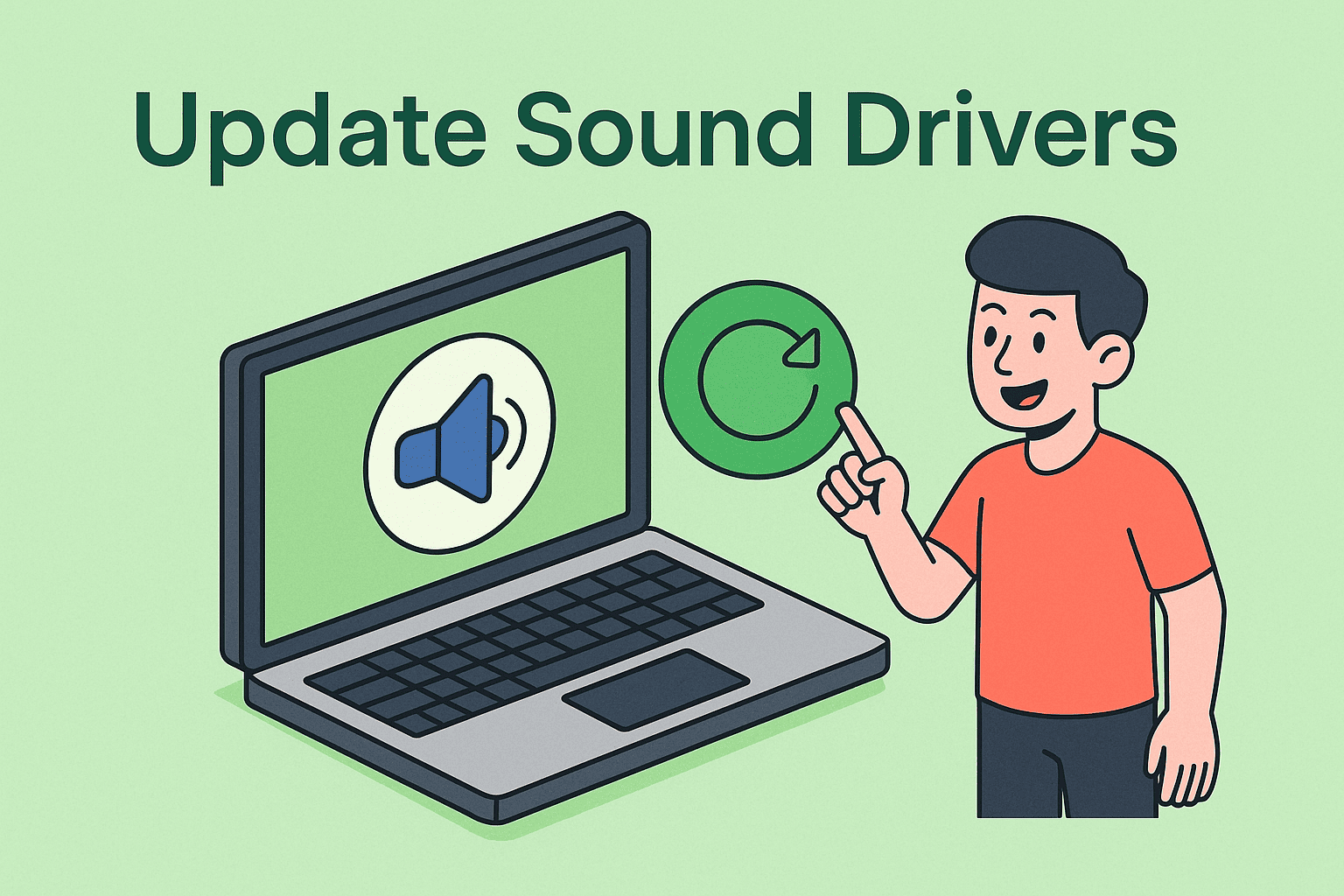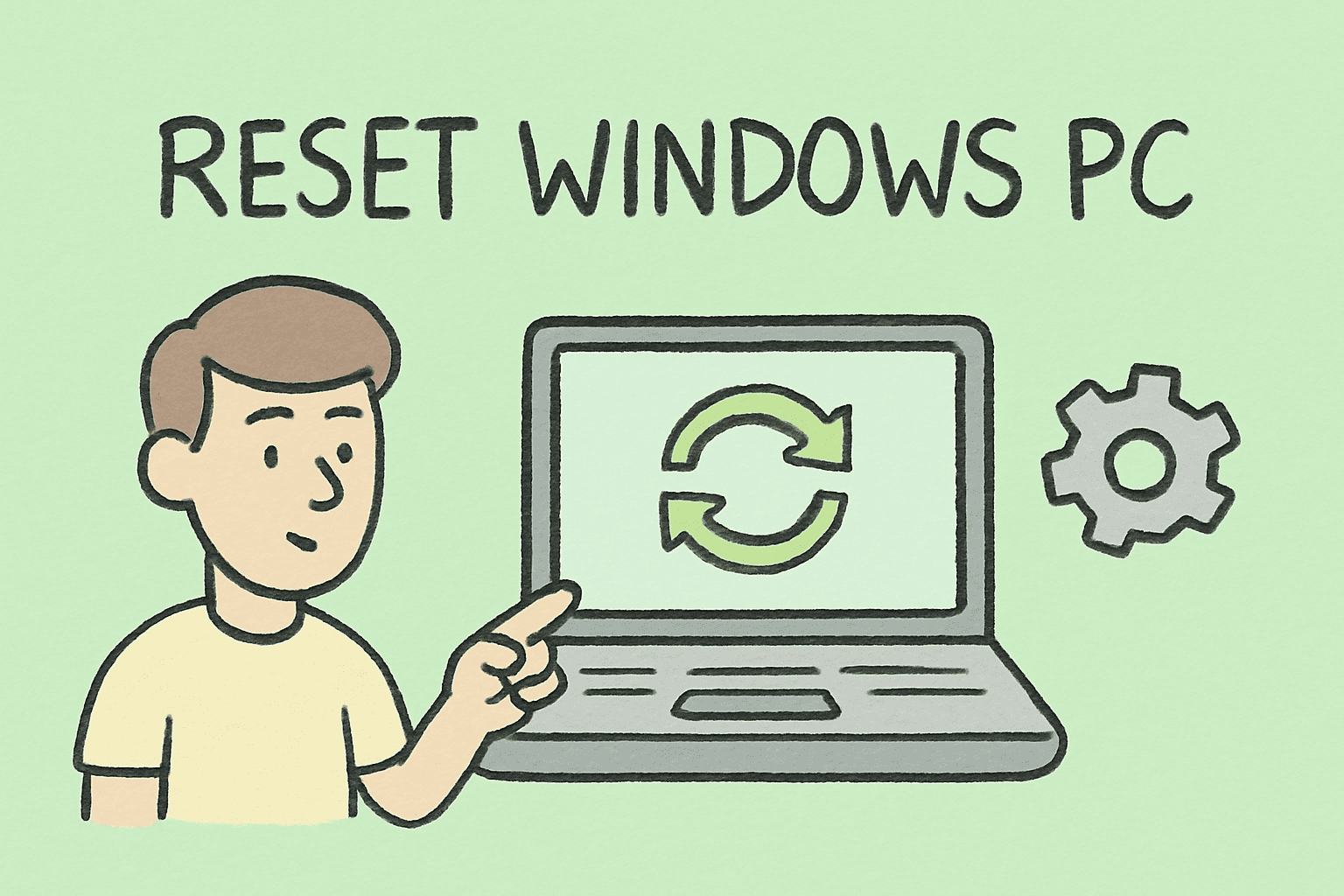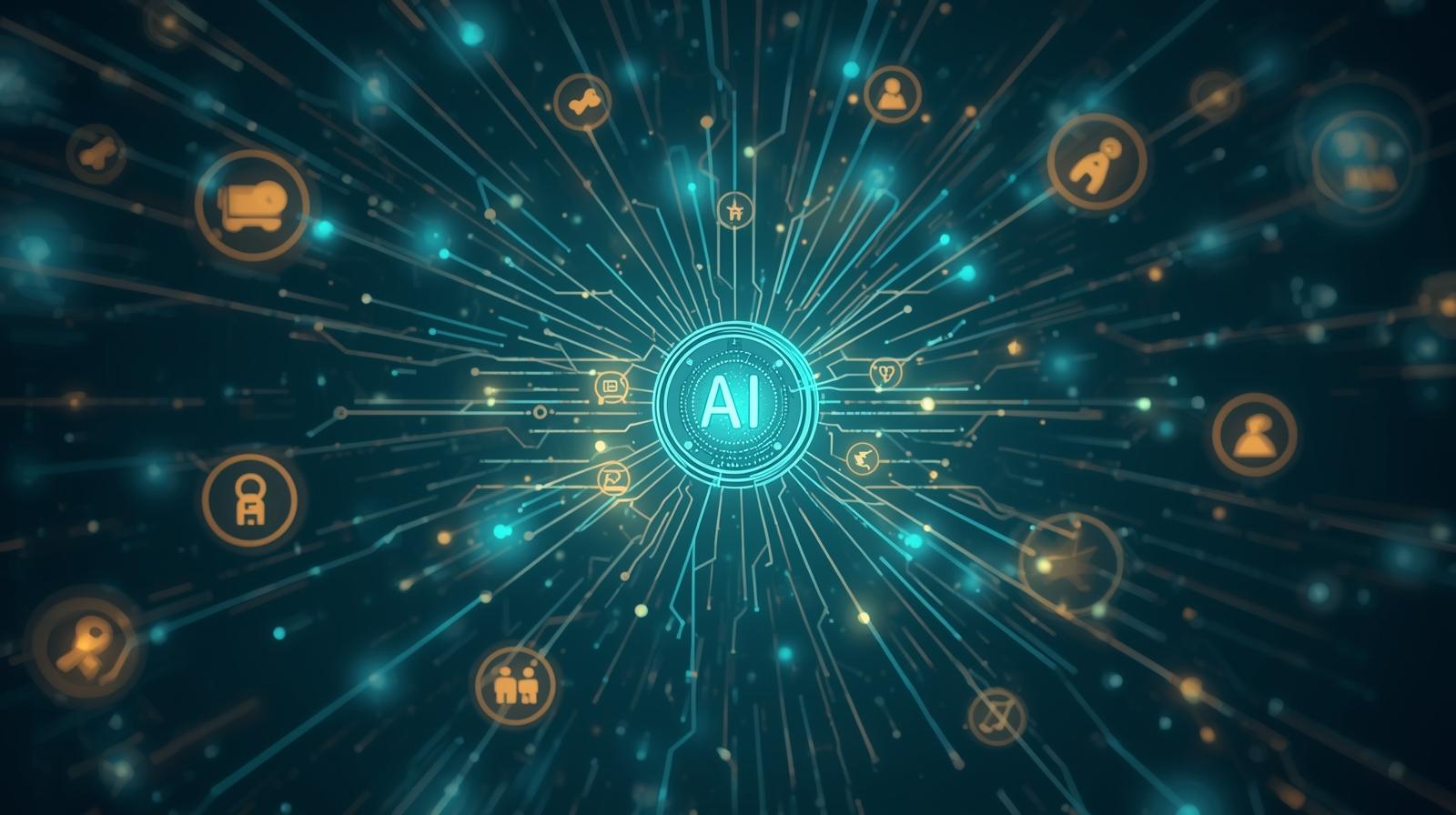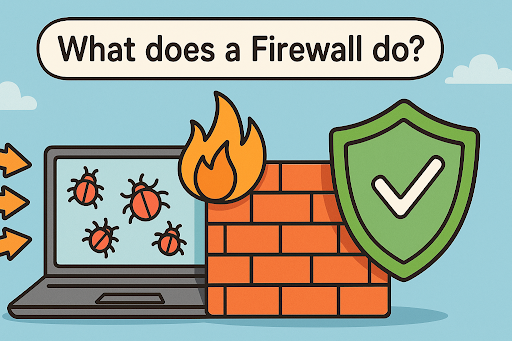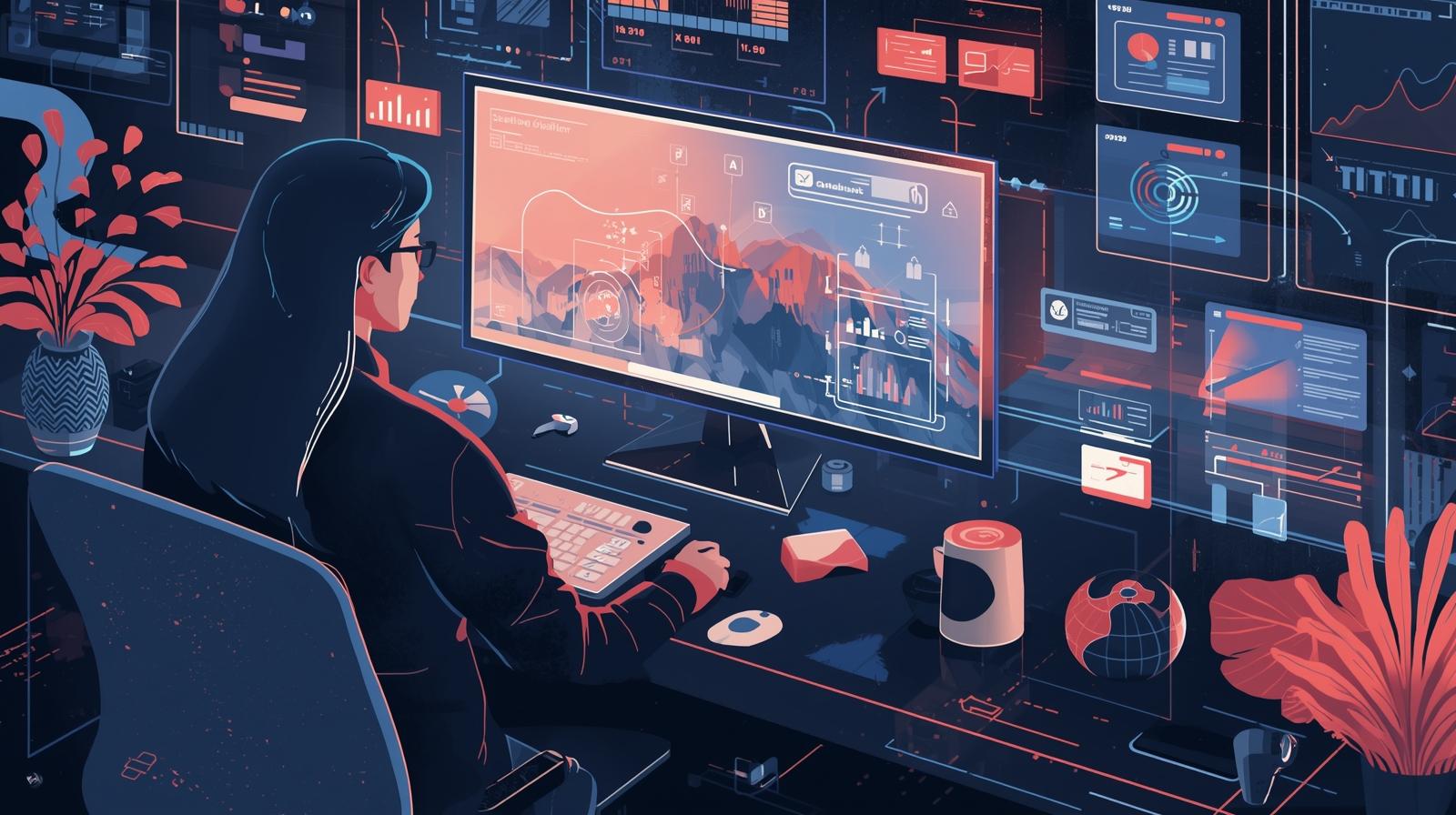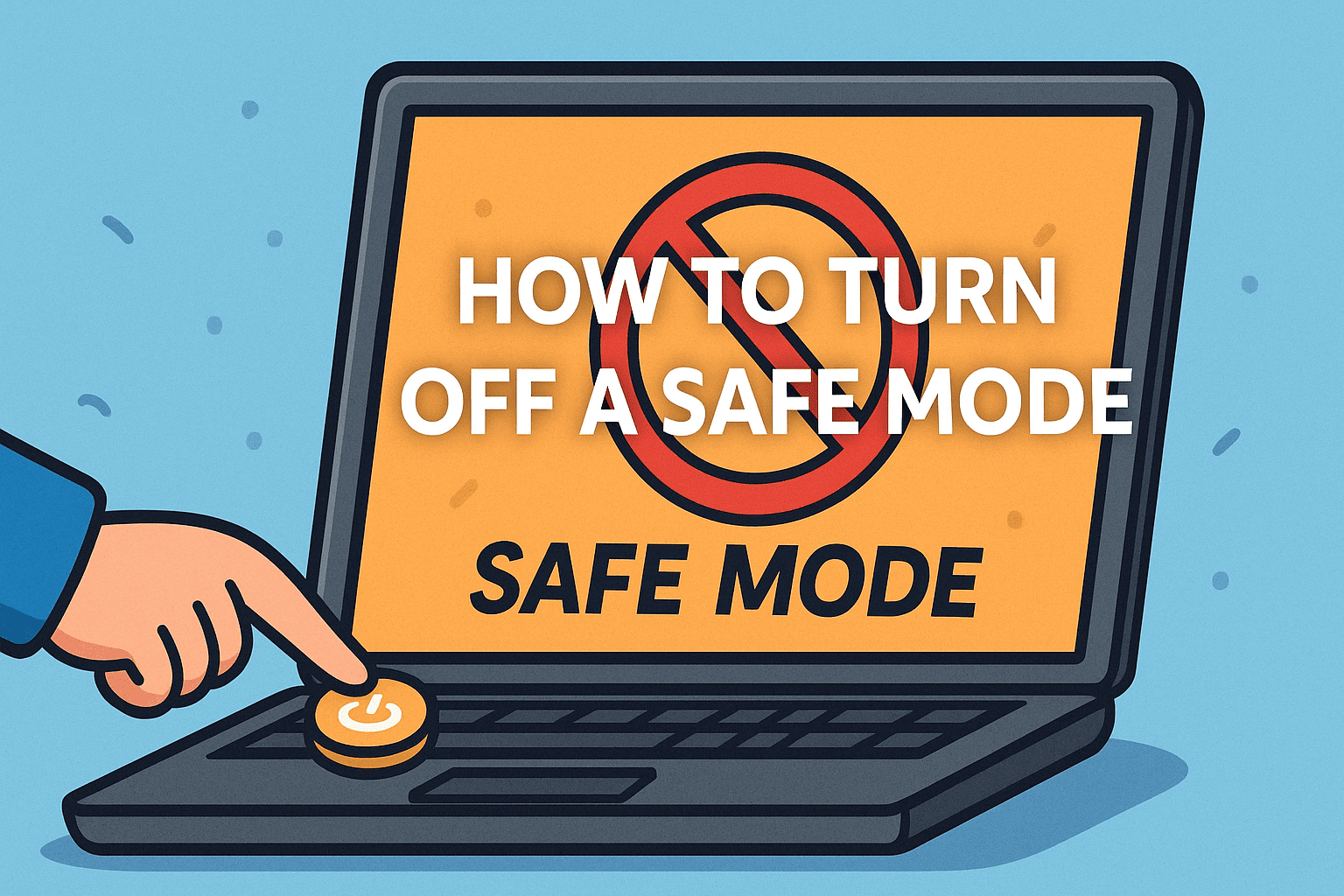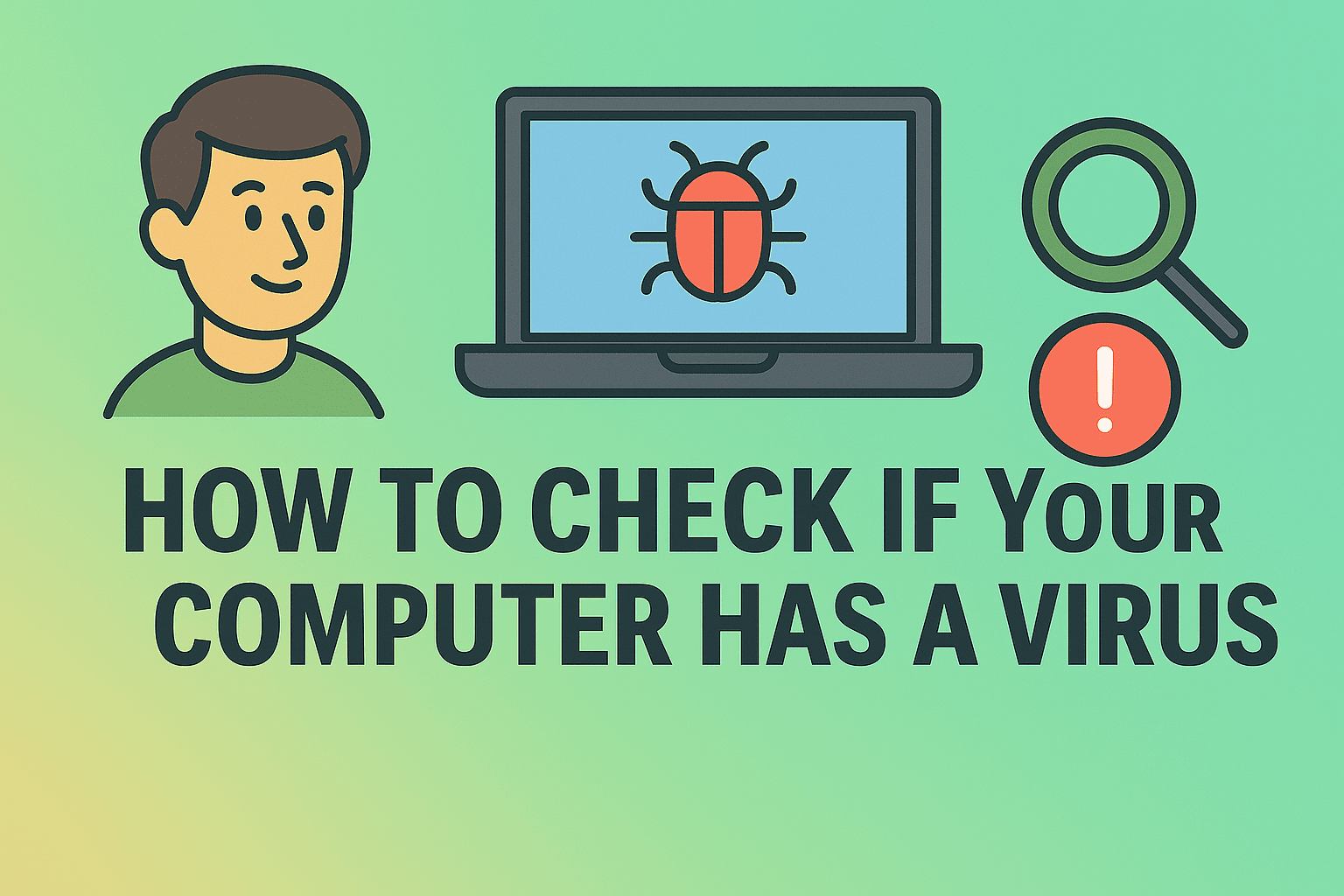What Does PC Stand For? Understanding the Core of Modern Computing
Updated on June 9, 2025, by ITarian

Ever asked yourself, “What does PC stand for?” While most people associate it with a desktop or work computer, there’s more beneath the surface. In the tech industry—especially for IT professionals, cybersecurity experts, and business leaders—understanding foundational terms like PC is essential. The term doesn’t just refer to a device; it represents an entire class of computing technology that powers enterprise workflows and digital security.
PC Meaning in Computer: The Full Form Explained
What Does PC Stand For?
PC stands for Personal Computer.
Originally coined to distinguish standalone computing machines for individual users, the term has evolved to encompass desktops, laptops, and even advanced hybrid devices used across industries.
Personal Computer Definition
A personal computer is a multi-purpose, programmable device designed for individual use. It typically includes:
- Hardware components: CPU, RAM, storage, motherboard, and display
- Input devices: Keyboard and mouse
- Operating system: Windows, macOS, or Linux
- Software: Productivity tools, internet browsers, cybersecurity programs, etc.
A Brief History of the Personal Computer
- 1975 – Altair 8800 marked the early hobbyist PC.
- 1981 – IBM launched its iconic IBM PC.
- 1984 – Apple introduced the Macintosh with a graphical user interface.
- 2000s to Now – PCs evolved with faster processors, portable form factors, and advanced operating systems.
Today’s PC meaning in computer includes not just desktops but mobile devices like ultrabooks, workstations, and rugged PCs used in industrial settings.
PC vs Laptop: Are They the Same?
Many use the terms interchangeably, but there are key differences between a PC vs Laptop.
| Feature | PC (Desktop) | Laptop |
| Portability | Fixed location | Portable |
| Upgradeability | High | Limited |
| Power | Generally more powerful | Lower power for battery conservation |
| Cost | Often lower for same specs | Higher due to portability |
| Use Case | Offices, gaming, rendering | Travel, meetings, fieldwork |
Which One to Choose?
- For Security Teams: Desktops offer high performance and easier physical access control.
- For Executives/Field Staff: Laptops provide mobility and convenience.
So, while all laptops are PCs, not all PCs are laptops.
PC Full Form in Technology Context
In broader technology and enterprise IT contexts, the term PC can be seen in several ways:
- Endpoint devices: PCs represent endpoints in network infrastructure.
- Vulnerability targets: Frequently targeted by phishing, malware, and ransomware.
- Workforce tools: Employees depend on PCs for access to cloud systems, internal apps, and secure communications.
In network security discussions, “PCs” are often mapped and monitored for suspicious activity, patch management, and user behavior analytics.
The Role of PCs in Cybersecurity and Business
PCs are critical to business operations, but also major threat vectors. Here’s how:
Risks
- Unpatched vulnerabilities
- Outdated antivirus/firewall settings
- Employee misconfigurations
- Remote access exploitation
Solutions
- Endpoint Protection Platforms (EPP)
- Network Access Control (NAC)
- Regular patch management and updates
- Employee security awareness training
For IT managers and CISOs, securing PCs across the workforce is a core part of enterprise cybersecurity posture.
Types of PCs: Choosing the Right One
Understanding your organization’s needs helps in selecting the right PC.
1. Desktop PCs
- High power
- Good for fixed workstations
- Easier to upgrade
2. Laptops
- Portability
- Good for remote work
- Battery dependent
3. Workstations
- Extreme power for data-heavy tasks (AI, analytics, rendering)
4. Mini PCs
- Space-saving
- Ideal for kiosk or POS systems
5. All-in-One PCs
- Compact design
- Suitable for front desk or creative professionals
FAQs: What People Ask About PCs
1. What does PC stand for in computers?
PC stands for Personal Computer, which refers to general-purpose computing devices for individuals or business use.
2. Is a laptop considered a PC?
Yes, a laptop is a type of PC. All laptops are PCs, but not all PCs are laptops.
3. What’s the difference between a PC and a desktop?
A PC is a broader category. A desktop is a specific type of PC intended for stationary use.
4. Are Macs considered PCs?
Technically, yes. But in common usage, PC typically refers to non-Apple systems running Windows or Linux.
5. Why is understanding PC terminology important in cybersecurity?
Because PCs are endpoints in any business, they are potential gateways for cyberattacks. Understanding PC infrastructure aids in better threat defense.
Final Thoughts: Why PC Knowledge Matters for Business Leaders
Knowing what does PC stand for isn’t just for tech beginners—it’s foundational for those making decisions about digital infrastructure, cybersecurity, and workforce enablement. PCs remain the backbone of digital operations across every industry.
Whether you’re running a startup or leading enterprise IT, recognizing how PCs work, their risks, and their configurations helps you make informed, secure, and scalable decisions.
👉 Protect Your PCs and Business Infrastructure Today — Try Itarian Free!

